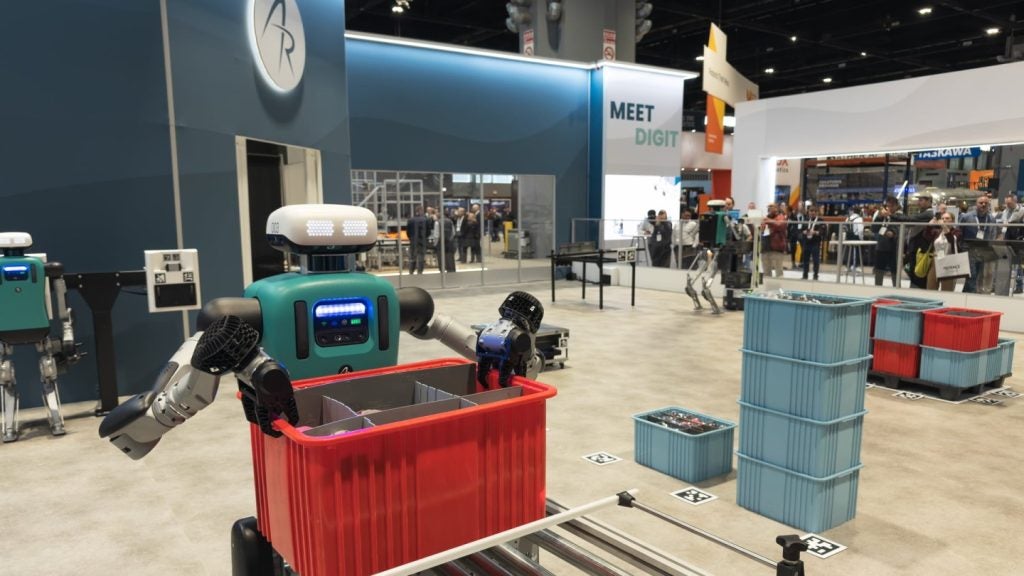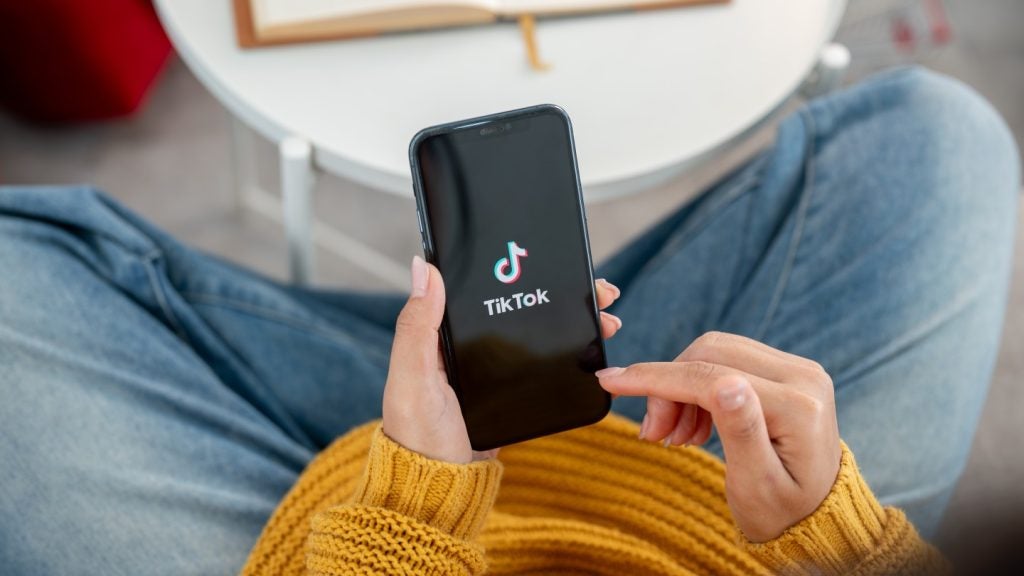
Companies are increasingly embracing the internet of things (IoT), but IoT initiatives on their own are falling short when compared to those that pair the technology with artificial intelligence (AI).
This is according to a survey conducted at the IoT Solutions World Congress by SAS, Deliotte and Intel, which found that pairing the two technologies is yielding significantly improved benefits for businesses over IoT alone.
In the survey of business leaders, 92% of those involved in IoT projects said that involving AI had resulted in benefits above expectations.
When it comes to using the technology for daily planning, only 12% of organisations found IoT on its own to be beneficial, but when adding AI this number increased to 31%.
This improvement was also found when applying the technology to operational speeds. 32% of companies reported a boost in speeds using IoT alone, but this rose to 53% when AI was involved.
For a third, combining the technologies was done primarily to increase revenues. Meanwhile, 17% saw innovation as the core focus of AI and IoT projects, 14% were using the technologies to improve customer offerings and 11% used them to lower operational costs.
AIoT: Why AI helps boost IoT benefits
For companies embarking on IoT projects, AI helps to make sense of the vast amounts of data that can be generated, enabling it to be better translated into beneficial actions.
The combined technologies are increasingly being dubbed AIoT in recognition of their collaborative benefit.
“In these results, we are seeing that organisations working with IoT data realize that if they want to get the real value out of the data, they need AI and analytics,” said Oliver Schabenberger, chief operating officer at SAS.
“I think it is fair to say that most successful IoT operations are actually AIoT operations.”
AIoT projects: Lessons from key companies
A host of companies are already getting benefits from AIoT projects, but the way they make use of the technologies varies significantly.
For infrastructure provider Western Digital, AIoT has been applied to improve its products while cutting operational costs.
“How do we ensure the quality and yield? How do we get a faster time-to-market, time-to-cost? We’re using AI schemes to help us do that internally in our development processes, in our R&D, and in our factories,” explained Gautam Khera, senior director at Western Digital.
“We are now using advanced analytics to help us tackle problems in R&D. I can use various advanced analytic techniques to understand the shape of my data, to understand the features, what are the drivers, I can look for hidden effects for anomalies that traditional techniques or the human eye just won’t see.”
Meanwhile, for metal manufacturer Ulbrich Steel the technology has the potential to enhance the capabilities of individual employees.
“People are going to fear losing their jobs. What I really believe is [AIoT] is going to enable them to function at least two levels higher than they can now,” said Jay Cei, chief operating officer at Ulbrich Steel.
“I really see these operators functioning as business unit managers as a result of this. I’m looking at SAS Analytics for IoT as one of the AI-embedded solutions for me to use to get us to be able to better execute our capabilities-driven strategy.”
However, according to Andy Daecher, principal at Deloitte Consulting, AIoT projects need to be led from the top to be successful.
“These initiatives really have to be on the CEO’s agenda,” he said.
“He or she needs to repeatedly say, ‘this needs to happen in our organisation.’ You can’t have a successful AIoT initiative without the business initiating it, period.
“These are really business initiatives, not technology initiatives.”
Read more: IoT regulation is key to halting increase in DDoS attacks







